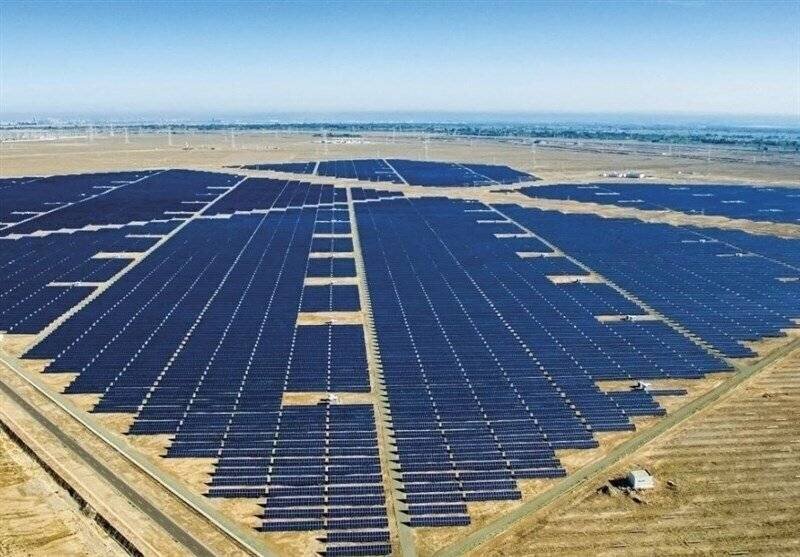Requests to build industrial power plants surge to 30,000MW as self-supply mandate expands

TEHRAN - Demand from Iranian heavy industries to build self-supplied power plants has reached 30,000 megawatts, a senior official at state-run Tavanir said, amid a nationwide push to ease pressure on the national electricity grid and address fuel constraints.
Mehdi Moghimizadeh, director of the industrial power plant construction program at Iran's Power Generation, Distribution, and Transmission Company (known as Tavanir), said the government has so far issued preliminary approvals for 19,357 megawatts of capacity. Of this, about 6,000 megawatts are expected to be connected to the national grid by the end of the Iranian year 1405 (March 2027).
An additional 9,596 megawatts of new capacity has been requested by industrial applicants, bringing the total proposed generation to around 30,000 megawatts, he added.
Of this total, some 8,080 megawatts are under development or already operational, with 2,320 megawatts fully commissioned and 3,570 megawatts nearing the start of construction. Once these plants enter the execution phase, the total active capacity under the industrial self-supply scheme will reach roughly 11,500 megawatts.
Moghimizadeh noted that the Oil Ministry has committed to supplying fuel for only 11,500 megawatts of thermal capacity, due to supply limitations. As a result, further expansion will rely on upgrading existing combined-cycle plants by adding steam units—an approach that could generate 6,000 to 7,000 megawatts of electricity without additional fuel consumption.
According to current plans, 1,763 megawatts of new capacity are expected to go online by the end of 2025, with an additional 2,000 megawatts by March 2027. This would bring the total synchronized capacity from industrial power plants to 6,000 megawatts, significantly easing pressure on the national grid in coming years.
Under the 2022 “Electricity Industry Development Facilitation Law,” energy-intensive industries are required to develop at least 9,000 megawatts of high-efficiency thermal power capacity (minimum 55 percent efficiency) and 1,000 megawatts of renewable power. Implementation must proceed in coordination with the Energy Ministry, the Ministry of Industry, Mine and Trade, and the Environment Department.
So far, however, only 151 megawatts of the renewable target has materialized: 120 megawatts by Mobarakeh Steel, 30 megawatts by the National Iranian Copper Industries Co., and 1.0 megawatt by West Asia Steel.
Moghimizadeh warned that progress in the renewables sector remains too slow and called for an urgent acceleration of efforts.
Under the law, industrial firms that fulfill their commitments to build power plants and meet their own electricity needs will be exempt from power restrictions during peak demand periods—up to the amount of energy they generate. Conversely, those that fail to meet their obligations will face prioritization in scheduled power cuts.
According to Article 4 of the law, energy-intensive sectors such as steel, copper, petrochemicals, aluminum, and refineries are obligated to invest in self-supplied power generation and contribute to stabilizing the national grid.
EF/MA
Leave a Comment